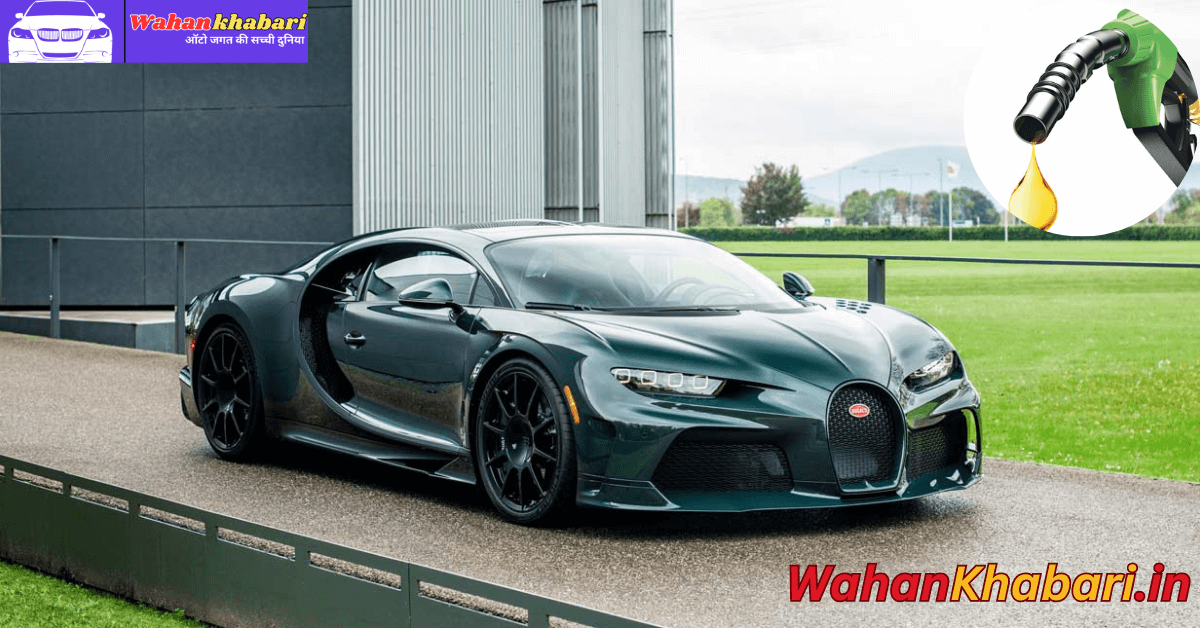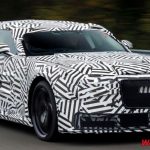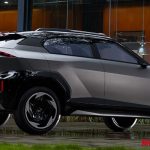The Bugatti Chiron Power and Fuel Consumption: When it comes to Performance and Automotive Engineering, Few names evoke as much awe and admiration as Bugatti. Known for pushing the limits of speed, design, and exclusivity, Bugatti has consistently produced some of the most jaw-dropping cars on the planet. But with great power comes great thirst—for fuel. The Bugatti Chiron Super Sport 300+, A marvel of Modern engineering, is not only one of the fastest street-legal cars ever made but also one of the most fuel-consuming.
The Chiron Super Sport 300+ stands out as a fascinating contradiction. It represents the extreme edge of performance, and that edge comes with serious fuel demands.
The Heart of the Beast: Engineering a Monster
At the core of the Bugatti Chiron Super Sport 300+ is an 8.0-liter quad-Turbocharged W16 engine. This Powerhouse Generates an astonishing 1,578 horsepower and 1,180 lb-ft of torque, propelling the car from 0 to 60 mph in just 2.3 seconds. It can reach a top speed of over 304 mph, a feat that places it firmly in the history books.
But to unleash this kind of performance, you need fuel—and lots of it. The Chiron Super Sport 300+ has a combined EPA Fuel Economy Rating of just 9 Mpg (miles per gallon): 7 mpg in the city and 14 Mpg on the Highway. To put that into perspective, a typical compact car can achieve more than 30 mpg combined. That means the Bugatti consumes over three times as much fuel just to perform its jaw-dropping feats of speed.
Why So Thirsty?
High fuel consumption in a vehicle like the Chiron Super Sport 300+ is not just a result of inefficiency—it’s a necessity. To generate and maintain extreme horsepower levels, the engine needs to burn a significant amount of fuel. This is especially true for high-displacement, forced-induction engines like the Chiron’s W16.
This car is Aerodynamics are optimized for high-speed stability rather than minimal drag at lower speeds, and its tires are designed to withstand enormous forces rather than to offer low rolling resistance. All of these factors combine to create a machine that prioritizes speed and power over economy.
The Cost of Performance
Driving a Bugatti isn’t just expensive when you buy it—it continues to be costly at the pump. With a 100-liter (26.4-gallon) fuel tank, a spirited drive can burn through fuel alarmingly fast. Under hard acceleration and track conditions, the car can guzzle fuel at rates far higher than its official ratings, with anecdotal reports of single-digit mileage during aggressive driving.
Owning a Chiron Super Sport 300+ is about accepting that fuel efficiency is not the goal. It’s a collector’s item, a statement of automotive capability, and a piece of Rolling art. Yet, for every exhilarating burst of speed, there is a real environmental cost. With global pressure mounting for reduced emissions and cleaner Technologies, cars like the Bugatti are becoming rarer and more controversial.
Luxury vs. Responsibility
While the Bugatti Chiron Super Sport 300+ will never be a volume seller—it’s limited to just 30 units—it represents a wider debate in the automotive world: should such gas-guzzling machines still exist? As electric vehicles (EVs) and hybrid powertrains become the norm, and countries implement stricter emissions standards, hypercars like the Chiron are facing an uncertain future.
Bugatti has acknowledged this shift. The company is now under the Rimac Group, which is spearheading high-performance electric vehicles. Future Bugatti models are expected to incorporate hybrid or fully electric powertrains, indicating that even the world’s most powerful cars are not immune to the pressures of sustainability.
Conclusion: A Double-Edged Sword
The Bugatti Chiron Power and Fuel Consumption: The Bugatti Chiron Super Sport 300+ is undoubtedly one of the most impressive machines ever built. It’s a showcase of what human engineering can achieve when constraints like fuel economy are thrown out the window. But it’s also a symbol of an era that’s rapidly coming to a close.
The Bugatti Chiron Power and Fuel Consumption: While the Chiron’s fuel consumption may make environmentalists cringe, it serves as a reminder of the raw, visceral appeal of combustion-engine performance. As we move toward a cleaner future, vehicles like the Bugatti will likely become museum pieces—celebrated for what they achieved, but no longer the direction forward.










